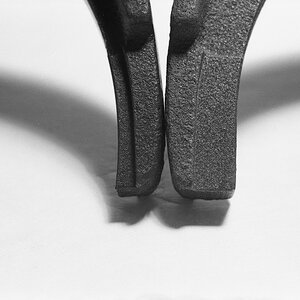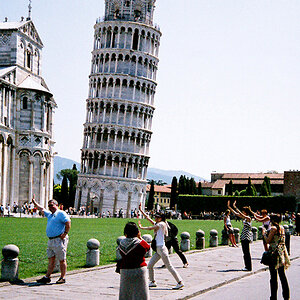Chris Stegner
TPF Noob!
- Joined
- Dec 27, 2007
- Messages
- 481
- Reaction score
- 2
- Location
- Ft. Thomas, KY
- Website
- www.bluegrassphotography.net
- Can others edit my Photos
- Photos OK to edit
My wife and I were at a little gallery (mainly art) here in town the other day and I ran across a couple of photog's booths that printed using the Giclee process. I really loved the look of the prints. Nice saturated colors, lots of detail, very "gallery" like. That being said...
My wife asked about gallery fees and they said I get an 8' x 8' wall for $100 a month (+ 12% of sales). I'm considering trying it for a month or so. This gallery is in a large entertainment/restaurant/shopping/drinking complex with quite a bit of local traffic as well as out-of-towners. I've told myself to stay away from the "business" of photography, but I've also been told to give it a shot, so why not? I know...
Anyway, I've decided I'd like to try the Giclee printing method. I have found a site on the web that appears to be legit but you never know. Has anyone ever used:
The Giclee Factory - Home
If not, anyone have suggestions, comments, warnings, success stories on Giclee printing?
Thanks in advance!
My wife asked about gallery fees and they said I get an 8' x 8' wall for $100 a month (+ 12% of sales). I'm considering trying it for a month or so. This gallery is in a large entertainment/restaurant/shopping/drinking complex with quite a bit of local traffic as well as out-of-towners. I've told myself to stay away from the "business" of photography, but I've also been told to give it a shot, so why not? I know...
Anyway, I've decided I'd like to try the Giclee printing method. I have found a site on the web that appears to be legit but you never know. Has anyone ever used:
The Giclee Factory - Home
If not, anyone have suggestions, comments, warnings, success stories on Giclee printing?
Thanks in advance!




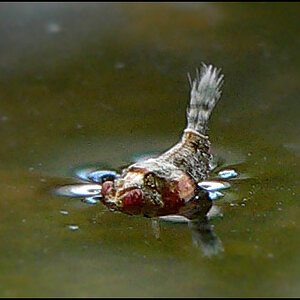
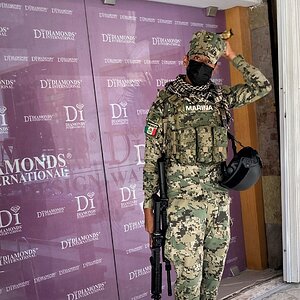
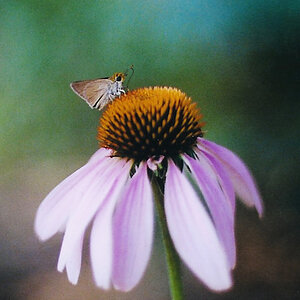
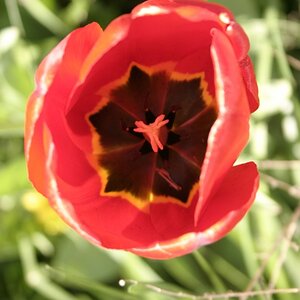

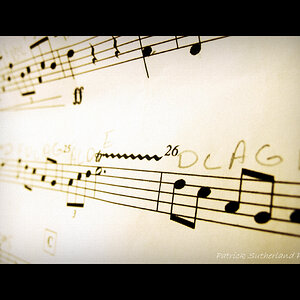
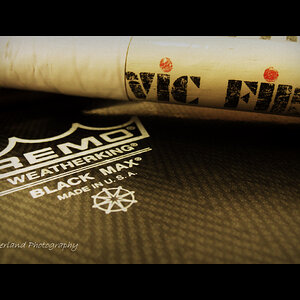
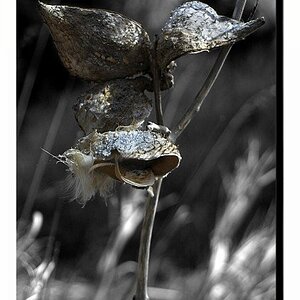
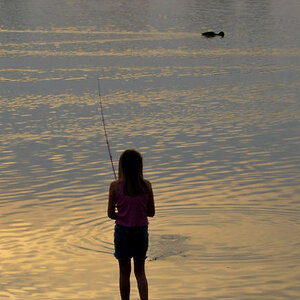
![[No title]](/data/xfmg/thumbnail/30/30871-c87f97bf2d9d493b4c08ba6482680038.jpg?1619734488)
